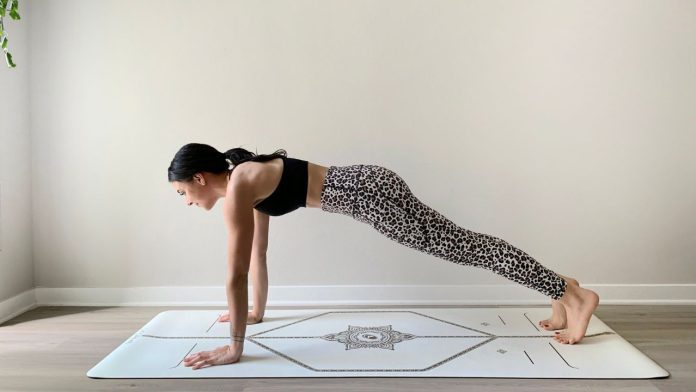Yoga, an age-old health practice open to people of all sexes, fitness levels, and ages, bears the promise of reviving youth and vitality since this ancient discipline is an active procedure that not only enhances brain functioning but also provides a wide range of physical advantages. Some Yogic techniques, including Ganesh Namaskar and Ganesh Mudra, according to yoga experts, have been proven to improve learning abilities in both children and adults.
The following yoga poses can help improve memory and brain health:
1. Paschimottanasana (Sitting Forward Bend):
Start in the staff pose, or Dandasana, with slightly bent knees. Elevate your arms to maintain a straight spine. Inhale and extend your hips forward, crossing your upper body over your lower body. Grip your big toes as you stoop and bring your arms down. Hold the pose for a sustained period of time, trying to connect your knees with your nose.
2. Bakasana, or the Crane Pose:
Start off in the equal-standing pose of Samasthithi. With fingers split apart and directed forward, position your hands slightly in front of and away from your feet. Place your knees directly under your armpits while gently bending your elbows. Lift both of your feet off the ground while leaning forward and shifting your body weight to your arms. To lift your feet together and find equilibrium, straighten your arms as much as you can.
3. Sarvangasana, or the pose of the shoulders:
Sit back with your arms at your side. With your feet pointed upward, raise your legs so they are parallel to the ground. Lift your pelvis and back gradually off the ground. Form a straight line from your shoulders to your feet by supporting yourself by placing your forearms on your back. Focusing your gaze on your feet, hold the position for some time.
4. Headstand Pose (Sirshasana):
Start on your knees, with your elbows resting on the floor. Palms and elbows should be linked to form an equilateral triangle. With the help of your hands, place your crown of heads on the ground. Slowly straighten your back while raising each leg individually until they are in line with your upper body. Gain balance by strengthening your core, then combine your legs and point your toes downward.

 हिंदी
हिंदी






